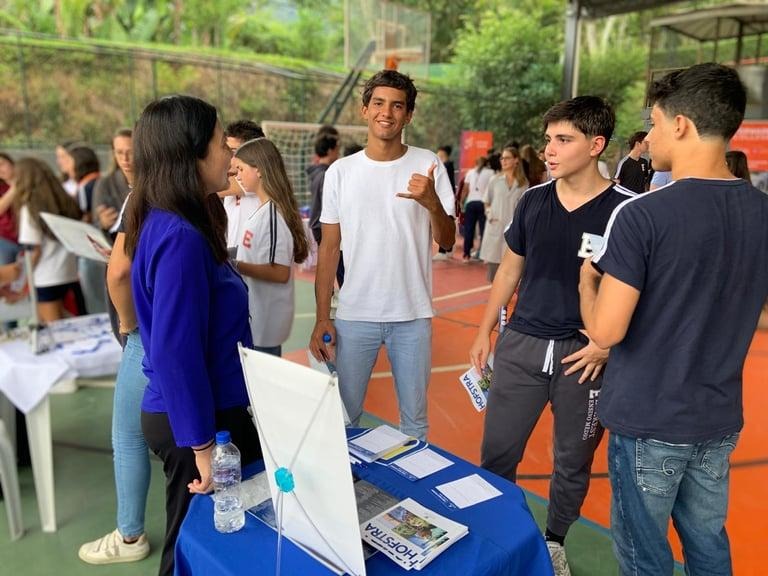
As global education landscapes shift, discover which regions are emerging as the hotspots for international student recruitment and how to effectively engage with these prospective students.

In the ever-evolving landscape of international education, understanding regional trends is crucial for strategic student recruitment. Each region presents unique opportunities and challenges, influenced by factors such as economic development, educational infrastructure, and cultural dynamics. By examining these trends, universities can tailor their recruitment strategies to effectively engage with prospective students from different parts of the world.
With globalization and technological advancements, student mobility is at an all-time high. Institutions need to adapt to these changes by leveraging data-driven insights and adopting innovative recruitment practices. This global perspective provides a foundation for identifying key regions that are emerging as hotspots for international student recruitment.
South Asia and Southeast Asia have seen a significant increase in outbound students, driven by factors such as economic growth, expanding middle class, and a strong emphasis on education. Countries like India, Indonesia, and Vietnam are becoming major sources of international students due to their large youth populations and growing aspirations for global education.
Universities aiming to attract students from these regions should focus on building strong relationships with local high schools and educational consultants. Additionally, understanding cultural nuances and providing tailored support services can greatly enhance the recruitment efforts. Virtual engagement strategies, such as webinars and virtual fairs, can also be effective in reaching students who may not have the opportunity to attend in-person events.
Latin America represents an emerging market with immense potential for international student recruitment. Countries like Brazil, Mexico, and Colombia are witnessing an increasing number of students seeking higher education opportunities abroad. Economic growth and rising educational aspirations are key drivers behind this trend.
To tap into this potential, universities should focus on establishing partnerships with local institutions and participating in regional education fairs. Understanding the specific needs and preferences of Latin American students, such as language support and scholarship opportunities, can also make a significant difference. Tailoring marketing materials to highlight these aspects can enhance the appeal of studying abroad in these countries.
The Middle East and Central Asia are regions with a rich cultural heritage and a growing interest in international education. Countries like Saudi Arabia, Iran, and Kazakhstan are sending an increasing number of students abroad, driven by government scholarships and a desire for diverse educational experiences.
Recruitment strategies in these regions should emphasize the cultural alignment and support services available for international students. Highlighting the university's commitment to diversity and inclusion can resonate well with students and their families. Additionally, providing information on visa and immigration policies, as well as career prospects post-graduation, can be crucial in attracting students from these regions.
Africa is poised to become a significant player in the international education landscape. With a rapidly growing youth population and increasing investment in education, countries like Nigeria, Kenya, and Ghana are emerging as key sources of international students. The demand for quality higher education and limited local opportunities are driving students to seek education abroad.
Engaging with African students requires a multifaceted approach, including partnerships with local schools, participation in regional fairs, and leveraging digital platforms for outreach. Understanding the financial constraints and providing information on scholarships and financial aid options can also be a major factor in successful recruitment from this region.

Planning an effective recruitment tour involves careful consideration of the target regions, understanding the local educational landscape, and leveraging data to guide decision-making. Universities should prioritize regions with high student mobility and align their efforts with the specific needs and preferences of those students.
Best practices include participating in high school circuits, hosting counselor fly-in tours, and utilizing platforms like WebiFairs to connect with students and counselors virtually. Tailoring itineraries to include visits to key high schools, attending regional fairs, and scheduling meetings with local educational consultants can maximize the impact of recruitment tours. Additionally, ensuring follow-up through CRM tools like HubSpot and Slate can help in tracking leads and improving conversion rates.